


A special overnight camp for youngsters with Type 1 diabetes.
Located right along Little Grassy Lake, nestled next to Crab Orchard National Wildlife Refuge in the Shawnee National Forest, SIU’s Touch of Nature Environmental Center offers an overnight camp for children between the ages of 9-15 who have Type 1 diabetes.
Now in its third year, Camp B.E.T.A. gives these kids a chance to have a typical camp experience. It also gives parents peace of mind because all the medical staff is laser-focused on making sure their child is safe.
Situated on 15 acres, the campsite offers a mix of modern camp amenities (air conditioning and hot showers) and rustic charms (a fire pit never goes out of style). Activities include typical camp fare like arts and crafts, outdoor sports, horseback riding, zip lining and team building activities.
Thirty campers attended Camp B.E.T.A. on September 14-15, 2019. Everyone who works at Camp B.E.T.A. is trained extensively about Type 1 diabetes. Each child wears a lanyard that lists their basic health information, insulin/pump information, snack time and ideal range of blood sugar levels.
“Our No. 1 goal is to have fun in a safe environment,” says Amy Stout, SIH certified diabetes nurse educator and Camp B.E.T.A. cofounder.
Campers get split up into six groups. Each group is assigned one SIH registered nurse, a SIH dietician and two counselors. The counselors make sure the kids are having fun and the medical staff is there for daily injections and monitoring blood sugar levels. Two night nurses check on the campers every hour because nighttime is a high-risk time for blood sugar levels to drop.
Vicki Lang, camp director at SIU Touch of Nature, said what resonated with her is when last year, she overheard a camper saying, “I had no idea there were other kids just like me.”
This rings true to Herrin resident, Kristina Hale and her son, Jaxon. He’s a 12-year-old with Type 1 diabetes.
For the third year in a row, Jaxon has attended the camp. Kristina is thankful that Camp B.E.T.A. gives him the chance to meet people his age who are dealing with the same things he is.
Besides attending camp, Jaxon also helps make sure other kids like him have the chance to go. This year, he raised $360 for Camp B.E.T.A. He did this by selling more than 70 Omnipods that he turned into hand-painted magnets. Omnipods are a tubeless insulin pump that delivers insulin through a wireless "pod" attached to a person’s arm.
Jaxon said he liked everything about camp this year, but the highlight was catching 12 bluegills.
“It’s super fun, the counselors are nice and I had a great time,” Jaxon says.
Powered by community partnerships
Without community partnerships, Camp B.E.T.A. wouldn’t exist.
What does Camp B.E.T.A. stand for?

“It takes a team to work together to make it happen,” says SIH System Director of Community Health Angie Bailey. “From volunteers that help with fundraising to students who volunteer their time and those who help with meal preparation, we’ve come together to empower children to not let their Type 1 diabetes define who they are.”
Take a look at the community partnerships that make a big impact:
SIH Staff and Nurses - Certified diabetes nurse educators Amy Stout and Lisa Nation, SIH nurses and staff oversee and train camp counselors and dieticians who volunteer at Camp B.E.T.A.
SIU Touch of Nature - This is the site of the camp. SIU Touch of Nature staff helps with the planning, meal prep and organizing camp activities. They also provide a nurse who oversees the camp.
SIU Nutrition and Dietetics Students - Professor Brenda Green at SIU teaches a class where Camp B.E.T.A. serves as a learning opportunity for her students. Each year, a group of students serve as camp counselors and help campers count carbs and assist with blood sugar monitoring during meals.
SIU Therapeutic Recreation Students - This group of students serves as volunteers at Camp B.E.T.A. and work alongside the Touch of Nature staff.
SIU Department of Psychology - For the first year, students from this department visited Camp B.E.T.A. to teach campers about stress management techniques.
Diabetes Today Resource Team - A variety of agencies and community members across Southern Illinois make up this team. From Rotary members to staff of federally qualified health centers, schools, regional hospitals, health departments and SIH, this team works together to plan, coordinate and staff Camp B.E.T.A. Members donate their time and passion for helping children with Type 1 diabetes. Without their dedication, Camp B.E.T.A. would not be possible.
Donors and Sponsors - Gayla Borgononi, DTRT member, community advocate and grandmother to a child with Type 1 diabetes, works tirelessly to make Camp B.E.T.A. free to all children. The SIH Foundation assists in collecting donations from various regional donors who help make Camp B.E.T.A. a reality.










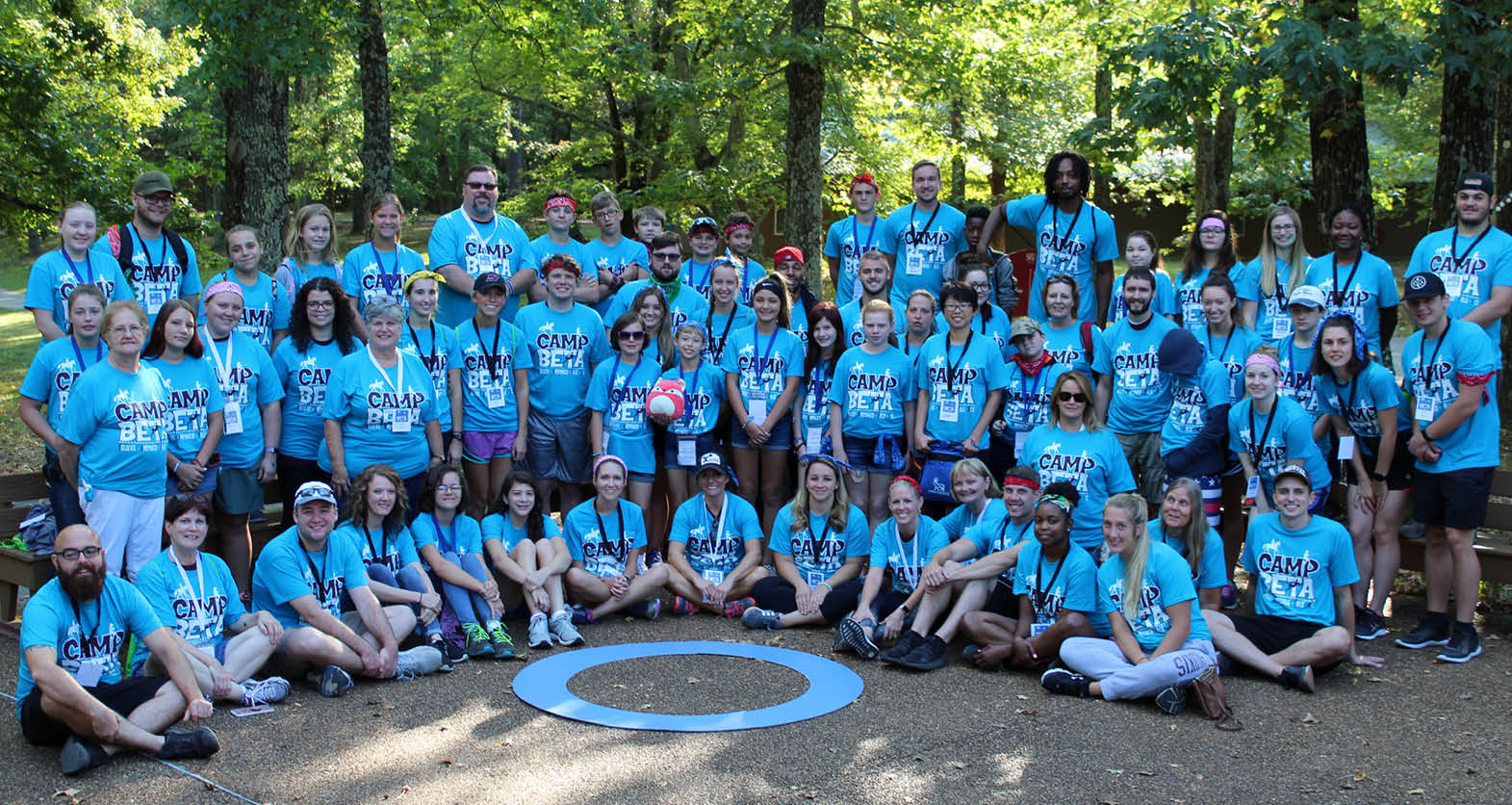
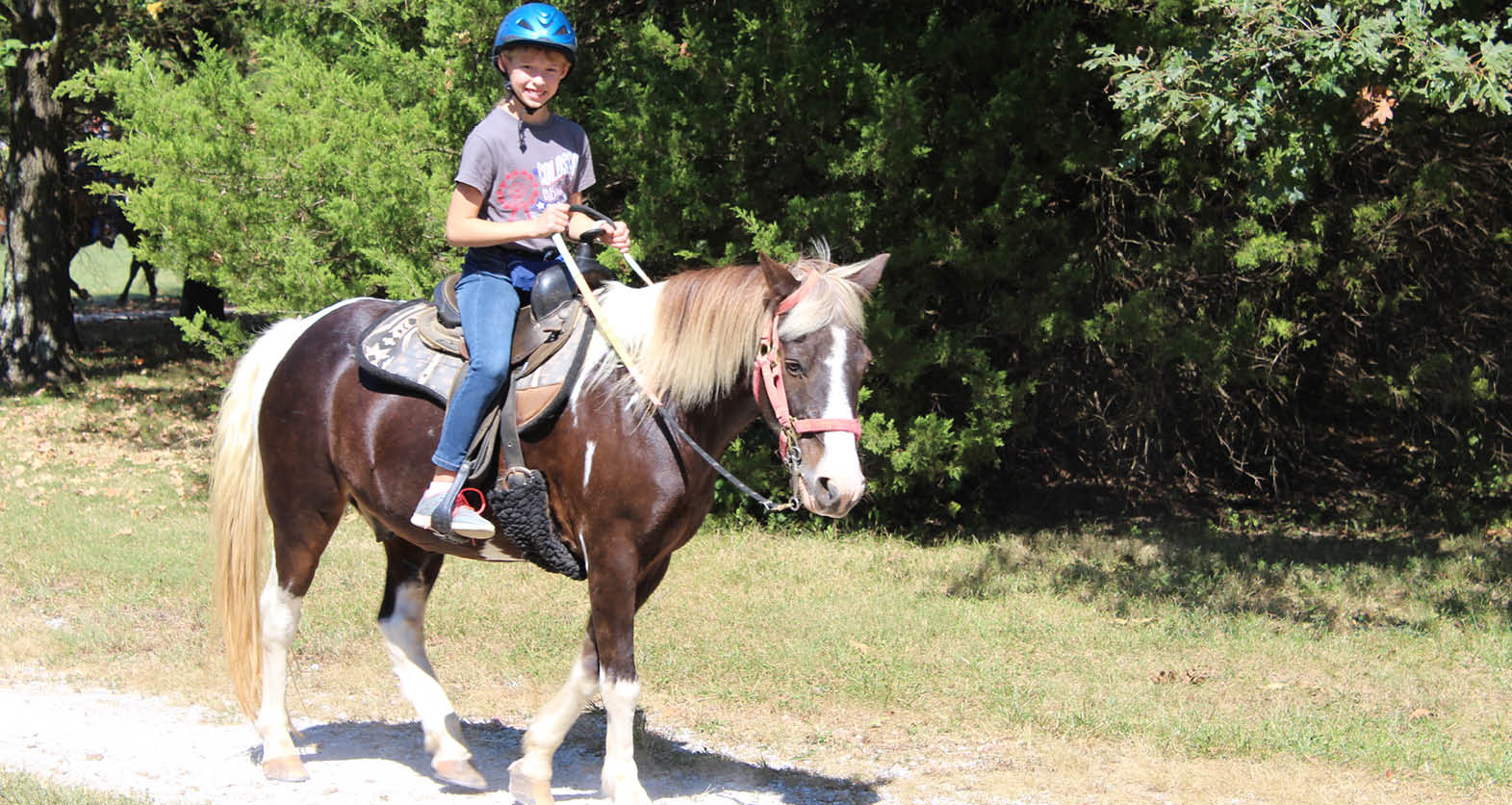
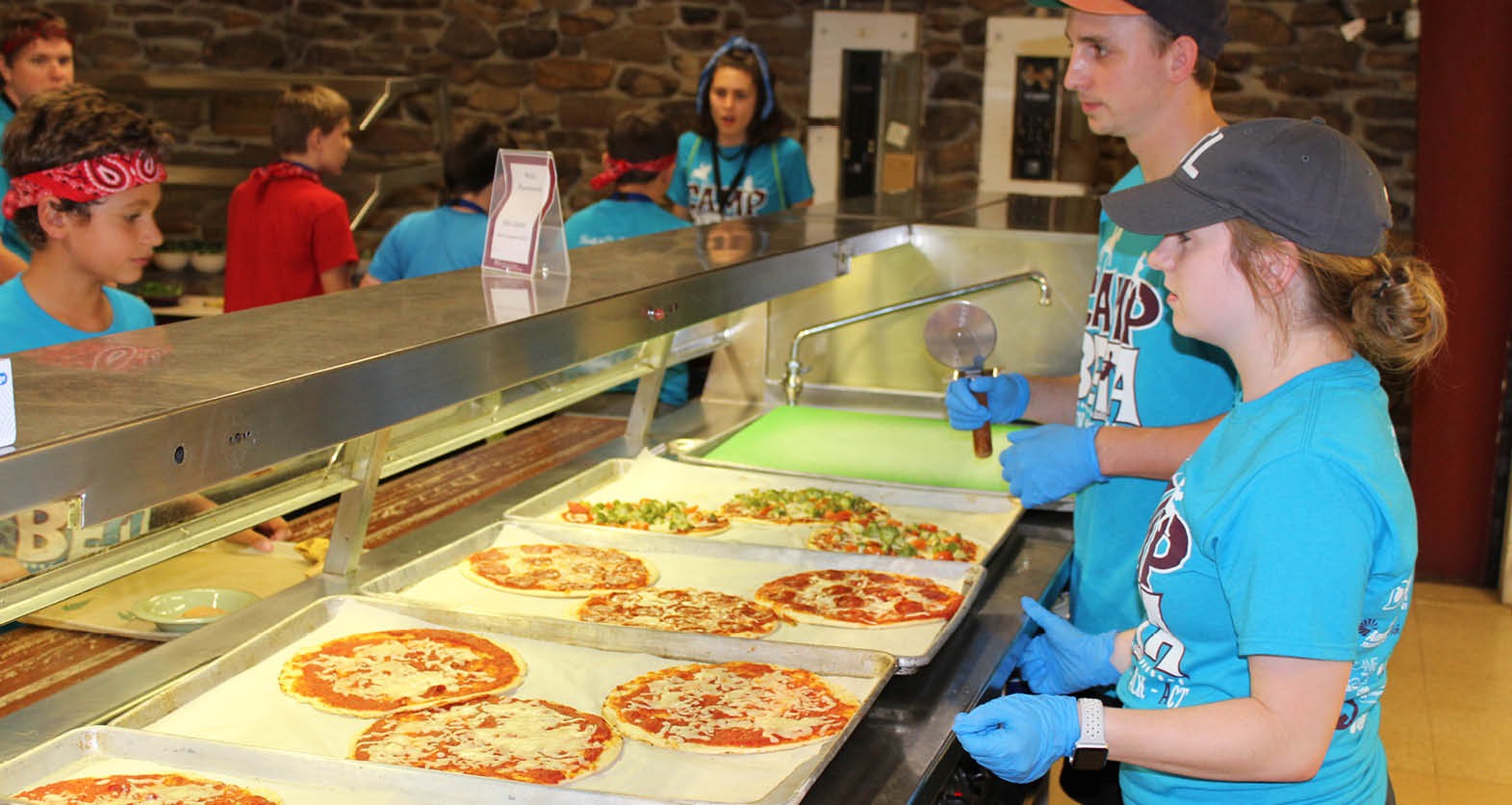
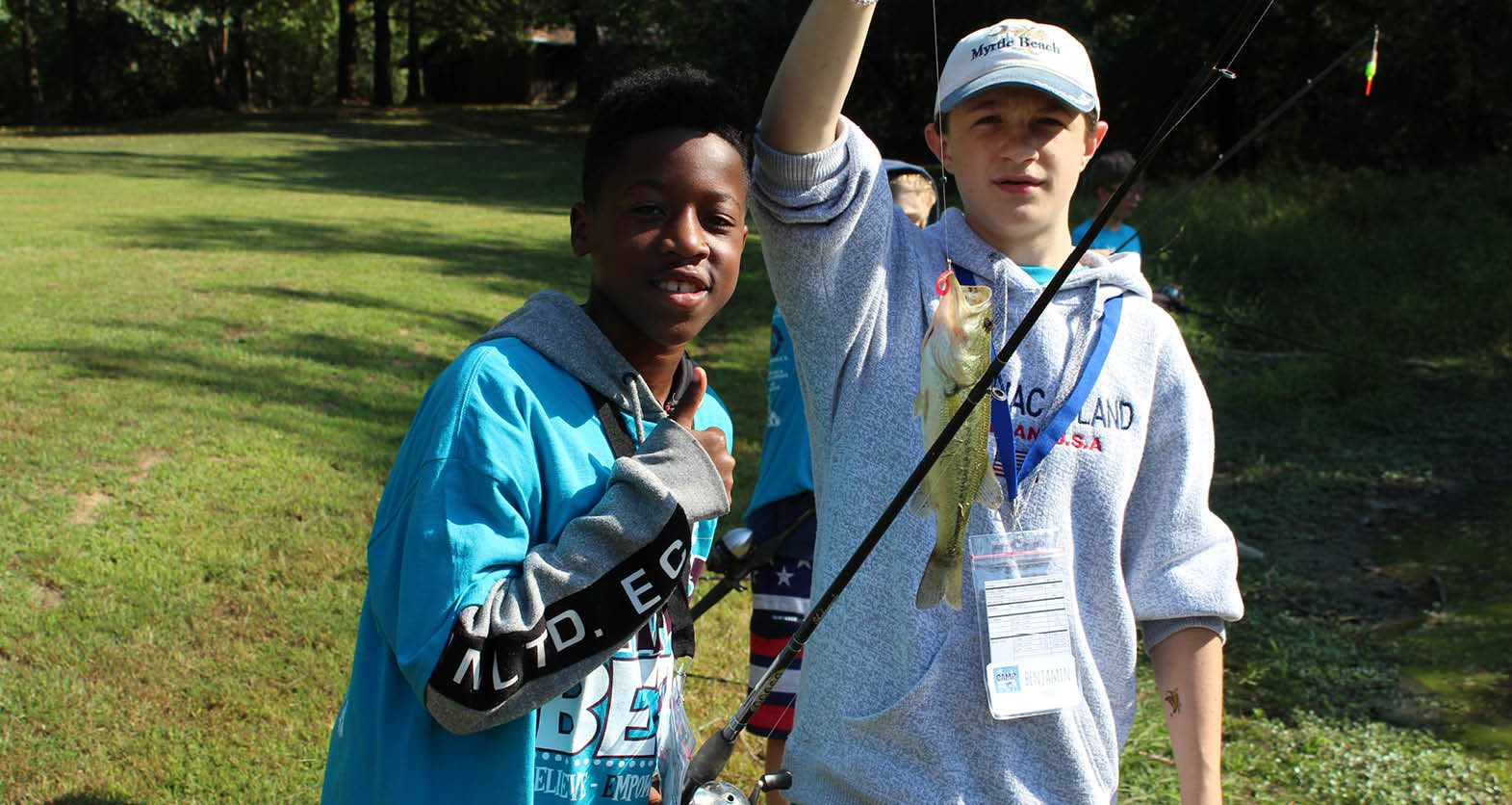
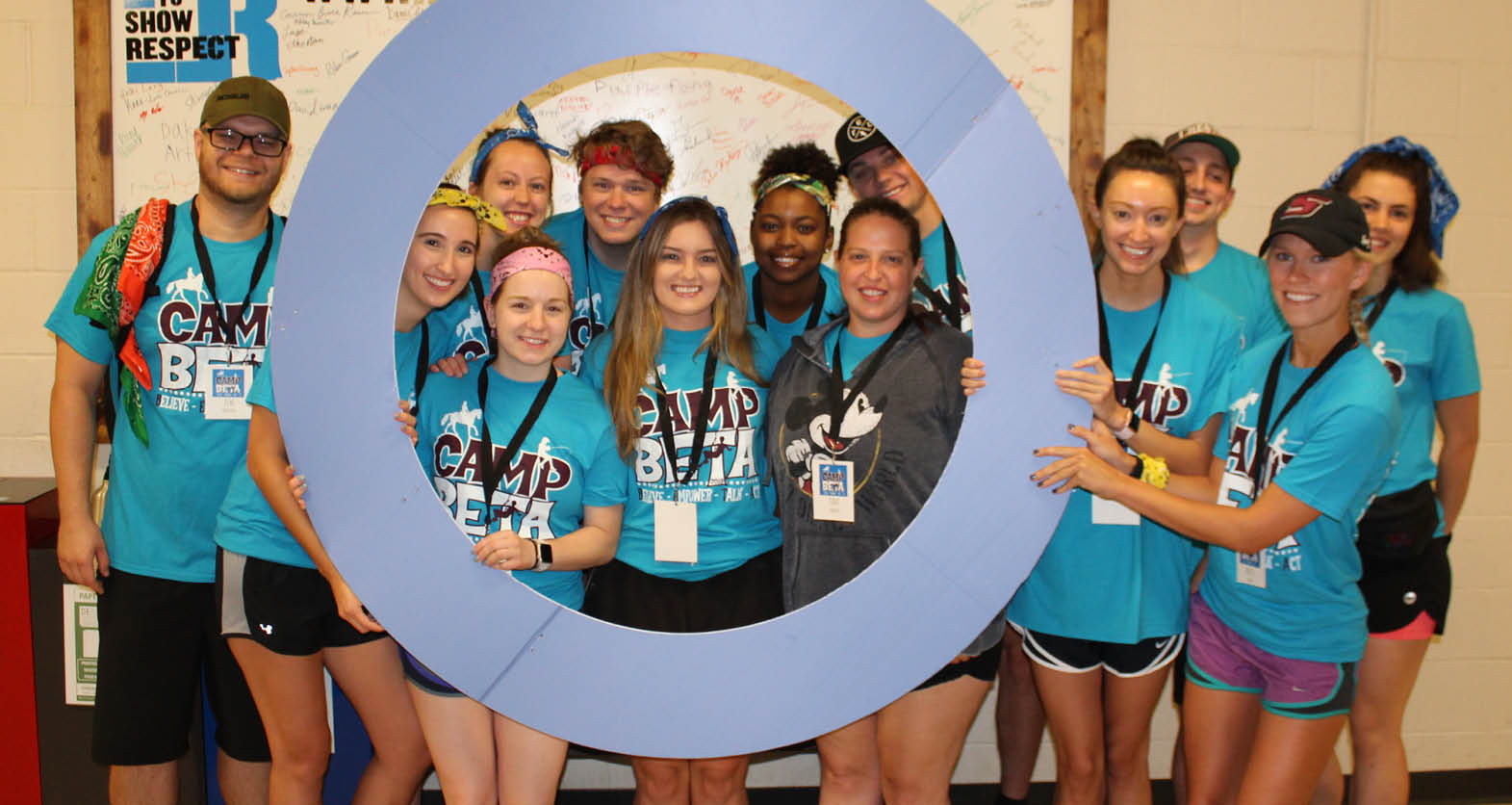


The camp’s name is significant for two reasons.
Believe in yourself: a positive attitude helps with diabetes management
Empower yourself: you are in control, not the diabetes
Talk: ask for help and share your needs with the appropriate people
Act: be proactive, eating healthy, staying active and taking prescribed medications to help your body
